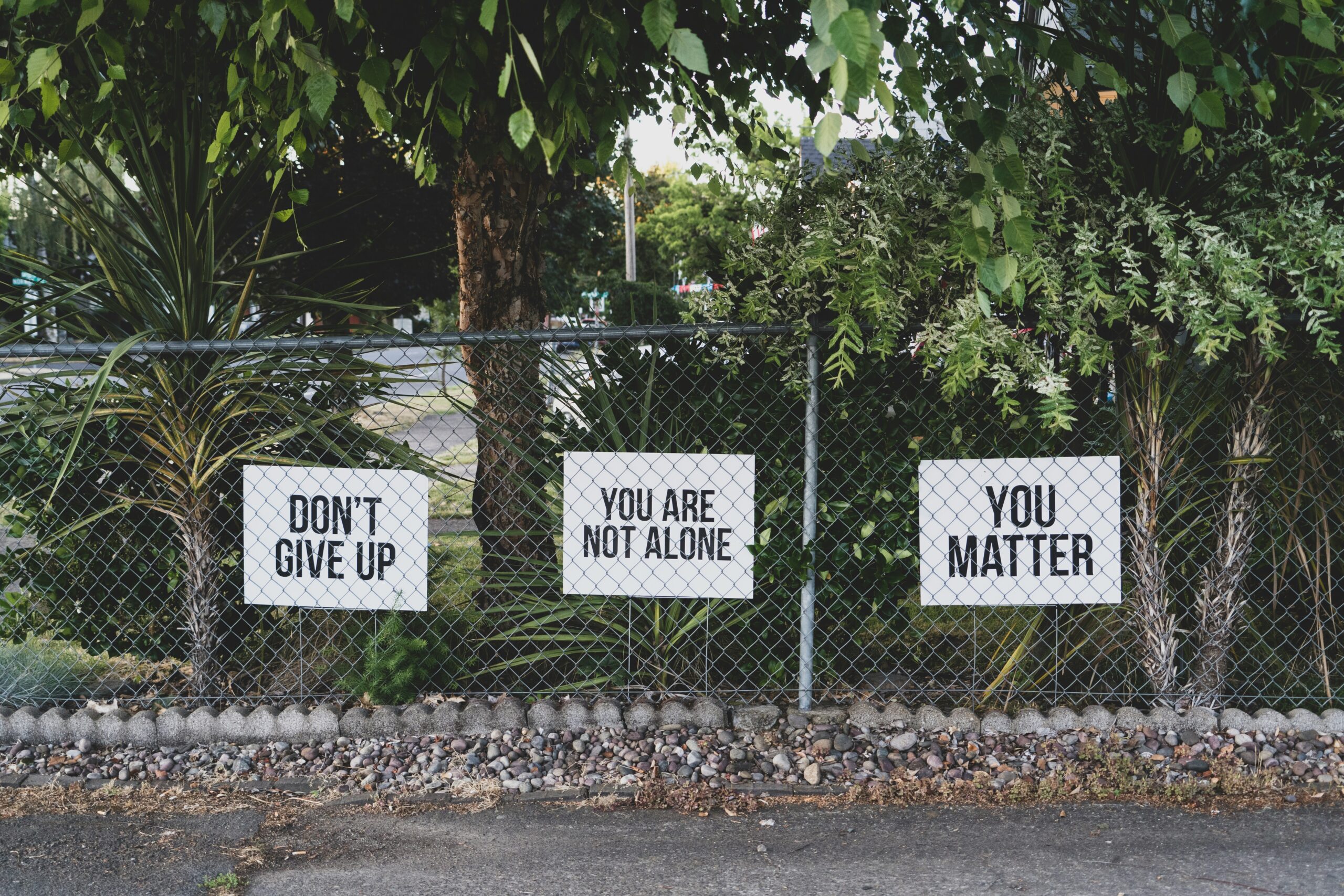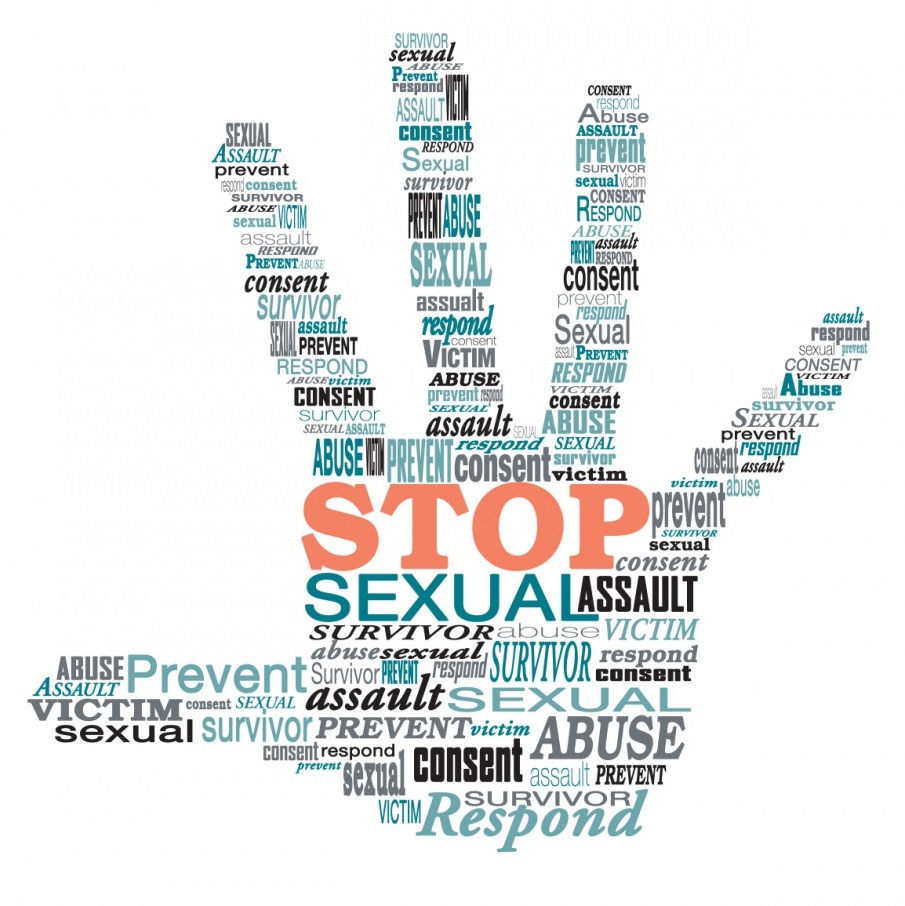Exploring the Depiction of Suicide in Popular Films and TV Shows: Understanding the Messages.

The Narrative of ’13 Reasons Why’ and Its Impact
’13 Reasons Why’ is an influential television series that centers around the tragic story of Hannah Baker, a high school student who takes her own life. Before dying, she leaves behind a series of cassette tapes, each one detailing the events and people she deems responsible for her anguish. Her narrative intricately explores the effects of bullying, sexual assault, and betrayal, weaving these themes into a compelling but somber storyline.
The show highlights significant social issues, emphasizing the devastating consequences of untreated mental health problems and the pervasive impact of bullying. By mapping out the interconnected lives of Hannah’s peers and family, ’13 Reasons Why’ paints a vivid picture of how suicide reverberates through a community, affecting everyone from friends and classmates to teachers and parents. The series forces viewers to confront the complexities of teenage life and the often unnoticed cries for help that can lead to tragic outcomes.
Upon its release, ’13 Reasons Why’ attracted both commendation and criticism from diverse quarters. Some celebrated the series for its unflinching approach to tough subjects, championing its role in sparking conversations about mental health, suicide awareness, and bullying among young audiences and their guardians. However, others argued that the show’s explicit depictions of suicide and assault risked romanticizing these issues, potentially triggering vulnerable viewers.
This duality in reception is epitomized by the perspectives of mental health professionals. Experts have acknowledged that, while ’13 Reasons Why’ brings necessary visibility to pressing adolescent issues, its dramatized portrayal of suicide might mislead viewers about real-life repercussions and solutions. The series’ intense dramatization has spurred discussions on the need for more nuanced, responsible storytelling in media portrayals of suicide and mental health struggles.
Conclusively, ’13 Reasons Why’ serves as a pivotal cultural artifact in understanding and advancing discourse on suicide awareness. Its impact underscores the delicate balance required in depicting such sensitive topics, emphasizing the ongoing importance of mental health education and responsible media representation.
The Broader Influence of Films and Shows Depicting Suicide
Films and TV shows such as The Perks of Being a Wallflower, Dead Poets Society, A Star is Born, and Euphoria have played significant roles in bringing the theme of suicide to the forefront of public consciousness. These narratives often underscore the importance of seeking help, highlighting the devastating impact that suicidal thoughts and actions can have on individuals and their loved ones. By depicting characters grappling with mental health issues, these stories can foster empathy and provide critical education on the complexities of suicide.
The Perks of Being a Wallflower delves into adolescent trauma and depression, emphasizing the necessity of support systems. Similarly, Dead Poets Society explores the pressures faced by young adults and the tragic outcomes that can ensue when emotional struggles are ignored. A Star is Born touches on the intersection of fame and mental health, illustrating how even seemingly successful individuals can be deeply troubled. Euphoria addresses modern-day battles with addiction, mental health, and the often-overwhelming nature of youth culture.
While these portrayals can offer meaningful insights and foster a deeper understanding of suicide awareness in movies and films, they carry potential risks. Triggers for vulnerable audiences, romanticizing suicidal behavior, or presenting it as a solution to life’s problems can pose significant dangers. Media representations influence public perceptions, necessitating a balanced and well-informed approach from filmmakers. They bear the responsibility of presenting these narratives with sensitivity and accuracy to avoid unintended harm.
Psychologists and mental health organizations suggest that, while there are undeniable benefits to depicting suicide in media—such as breaking stigma and encouraging open dialogue—it is crucial to include appropriate disclaimers and crisis resources. Research indicates that responsible portrayals can lead to increased help-seeking behavior and a better understanding of mental health disorders. Conversely, graphic or sensationalized depictions can have harmful effects, particularly among impressionable audiences.
In shaping public conversations about mental health, the influence of media is profound. By combining insightful storytelling with expert guidance, filmmakers can contribute positively to the discourse surrounding suicide, striking a delicate balance between awareness and sensitivity.
By Marcus.
Welcoming September: A Month Dedicated to Suicide Awareness
https://twitter.com/imentalhealth_/status/1830517109643694508?s=46






Responses